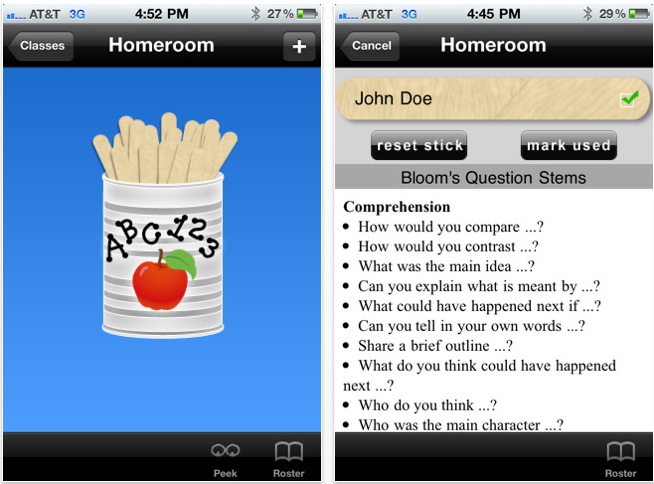Make Moments Matter Blog has created a linky party for reflecting on what we hear ourselves saying in our classroom and what we'd like to hear ourselves say more to our students. I've been reflecting on this a lot as of late, especially as my formal observation process just occurred, so I thought it'd be a great time to share. I'm excited to see what others have to share in this department too.
1. Hey Ho Look at Me, Sing Your Name and Tell Me....
I start each class with each student singing to share about themselves. It gives them a chance to practice improvising solo singing in their head voices, to practice singing in front of others, and helps me to know them on a personal level much better. It also helps me remember and practice each student's name daily while giving them feedback on their singing. The kids enjoy sharing and have developed great classroom culture through this process. We know that in our room, we encourage each other as we are trying to develop into the best musicians we can each personally be. I love hearing my students' spontaneous outbursts of applause for a student who has finally found their head voice.
I ask questions ranging from "tell me what you did this weekend" to "tell me what color your toothbrush is" to "tell me what you're thankful for." I model and share my answer first, and then we go around the circle. I am always amazed that no matter the grade, tons of hands rise up to volunteer to start. This quick activity (they are so used to this that we get done in under 2 minutes in our quick whip around) is powerful musically and culturally.
2. What do you think about our performance?
I've been really working with my kids on having them reflect and critique themselves. I think peer feedback is often more powerful or as powerful as teacher feedback. I want my kids to develop musical independence, so that as they practice at home or when they leave the elementary classroom, they know how to increase the proficiency of their performance personally.
I am always surprised by how tough they are on themselves, and how insightful they are. I know that has developed over time as I have nurtured their critiquing and reflecting abilities from a young age, yet their meaningful feedback to themselves and for others really has helped my students develop.
We are really being encouraged to develop higher level thinking and questioning in our students. Using this strategy for providing feedback is helping me to nurture this with my kids. It isn't easy. There are many times as the "all knowing teacher" that I want to jump in and tell my kids what to do or fix. However, I need to continue to stop myself from doing that first, and allow my kids to come up with our areas for growth first, with me providing any missed ideas later.
3. I'm glad you're here!
So many of our kids are coming from tough home situations that are beyond anything we could ever fathom. Just being that nurturing, encouraging voice to many kids can make a huge difference in their lives. This year, I've been trying to celebrate each student, making them feel valued this year, even the trying ones. There are some kids that this is very easy for, and others that this is more stretching for. I have reflected recently that so many of our kids are carrying heavy baggage that we might not even know about. Supporting them and building them up through music, can be life giving and light giving for these kids! I know the teachers who invested in me and built me up, made a huge difference in my life!
4. Listening and Responding to Student Driven Ideas and Questions
One thing I want to continue working on is making my classroom learning more student driven. I want my students to be inquisitive and lead our learning. If students want to rearrange an ensemble to hear how it sounds, I want to make time to do that. If my kids want to try a different mallet technique, I want them to explore that. I want to continue to strive to put the students in the drivers' seat in a focused way throughout this year and beyond.
























